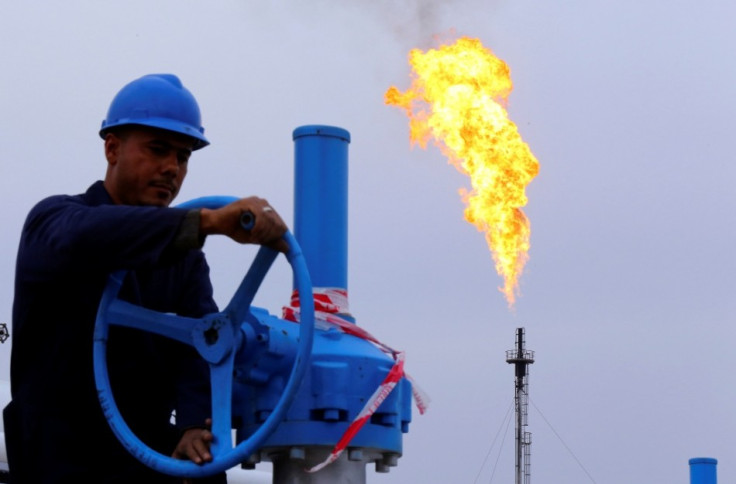Oil heads sideways despite Saudi-Russian hints at extending output cuts
Soundbites in favour of extending oil production cuts having little impact in the face of rising US output.

Oil benchmarks headed sideways on Monday (8 May), despite hints by Saudi Arabia and Russia that oil production cuts could be extended beyond June.
Speaking in Kuala Lumpur, Saudi Energy Minister Khalid Al-Falih said: "I am rather confident the agreement [reached between Opec and non-Opec producers in December] will be extended into the second half of the year and possibly beyond."
Separately in Moscow, Russia's Energy Ministry noted: "We are discussing a number of scenarios and believe extension for a longer period will help speed up market re-balancing."
While oil futures rose in Asian trading, the respite proved to be short-lived, as the price slide resumed during European trading hours, with US oil production tipped to rise to 9.9m barrels per day (bpd) in 2018, according to official US government projection.
If the projection is realised, it would be the highest US output level in history beating levels last seen during the Texan oil boom of the 1970s, and the more recent uptick in the wake of the shale revolution recorded in 2014.
At 2:22pm BST, the Brent front-month futures contract was down 0.43% or 52 cents at $48.89 per barrel, while the West Texas Intermediate (WTI) was down 0.37% or 17 cents at $46.39 per barrel.
Worryingly for oil producers, China's appetite for oil also appears to be slowing. According to data aggregator S&P Global Platts, there was a significant month-over-month decline in the country's crude imports in April at approximately 8.37m bpd, down 800,000 bpd in March.
All eyes are now on Opec's 25 May meeting, but Cailin Birch, commodities analyst at the Economist Intelligence Unit, says even maintaining the level of cuts may not be enough.
"There is some question over whether Opec will opt for even deeper production cuts than it did in the first six months of the agreement, in order to ensure that the market returns to balance.
"However, Opec countries will also want to avoid providing a boost to US shale producers, by taking on even deeper cuts themselves. As a result, we expect the global oil market to register a small deficit in 2017, but that the effects of this will be short-lived as more production enters the market in 2018, keeping prices low by historic standards," Birch concluded.
Away from the oil market, precious were marginally in positive territory with calm returning to the market in the wake of the French presidential election. At 2:35pm BST, the Comex gold futures contract for the June delivery was up 0.21% or $2.60 at $1,229.50 an ounce, but spot gold was trading at $1,229.53 an ounce, up 0.12% or $1.60.
FXTM research analyst Lukman Otunuga said the prospect of higher US interest rates continues to pressure gold. "With gold potentially finding itself dictated by US rate hike expectations, further downside should be expected as the Federal Reserve maintains a hawkish stance."
Elsewhere, Comex silver for July delivery was up 0.19% or 3 cents to $16.31 an ounce, while spot platinum was down 0.16% or $1.45 to $911.96 an ounce.
© Copyright IBTimes 2025. All rights reserved.






















